Some dog breeds carry centuries of instinct that make them natural trackers and skilled bird-hunting partners. From sweeping fields at sunrise to following the faintest scent on the wind, the right dog can turn an ordinary day outdoors into something unforgettable. Choosing that perfect partner, though, can feel like a puzzle. Every breed brings its own blend of drive, sensitivity, stamina, and style.
This guide highlights the breeds that consistently shine in tracking and bird hunting. Whether you enjoy long days in the woods, brisk mornings in wetlands, or simply appreciate dogs with strong working instincts, you will find helpful insights here.
Each breed has been selected for its reliability, unique strengths, and reputation among seasoned hunters. Even if you are new to the world of working dogs, this overview will make the landscape easier to navigate while keeping things practical and enjoyable.
Ready to discover which breeds truly stand out?
Best Dog Breeds for Tracking and Bird Hunting
1. Bloodhound
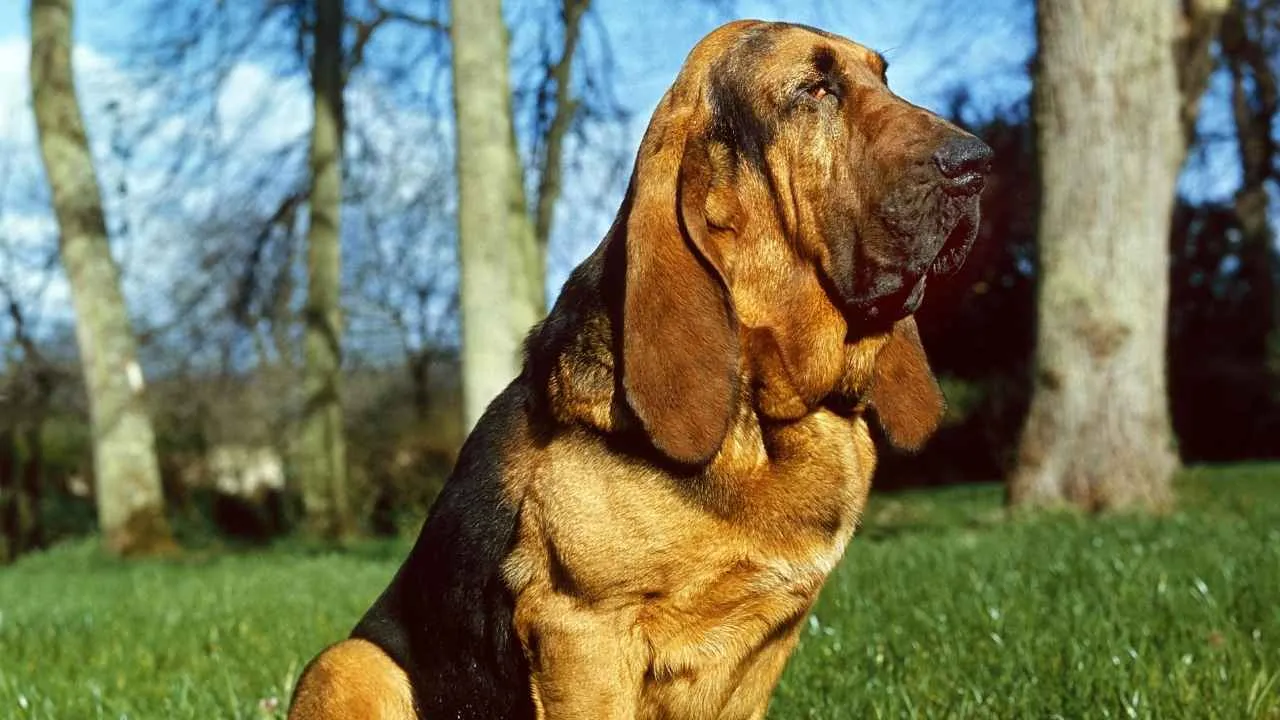
The Bloodhound is famous for its remarkable scent-tracking ability, often considered one of the strongest in the canine world. Its long ears and loose facial skin help collect scent particles, allowing it to follow trails with precision.
This breed has deep European roots and was originally developed to track large game and people across long distances. Its highly refined sense of smell has even been recognized for forensic use in many regions.
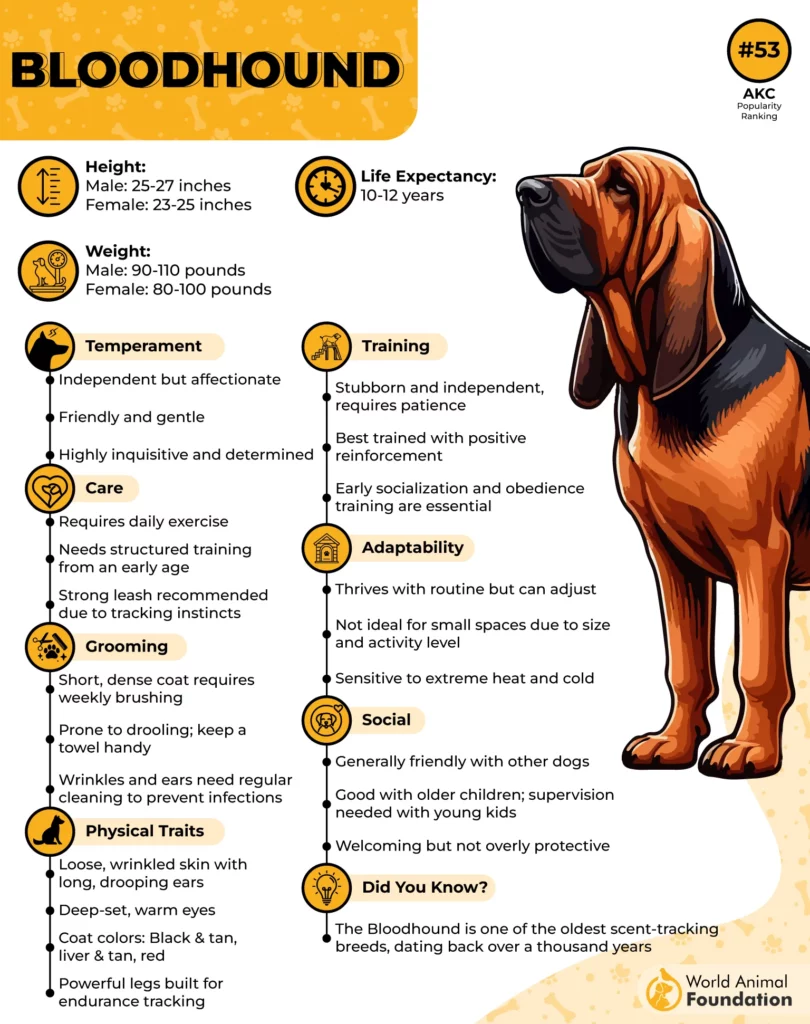
According to the AKC, Bloodhounds tend to be affectionate companions at home, though their intense focus outdoors requires patient guidance. Once a scent captures their attention, they may follow it without hesitation, fully absorbed in the task.
While not a traditional bird dog, a Bloodhound’s tracking power makes it valuable for recovering downed game. Hunters who appreciate a methodical trailing style often view this breed as a dependable partner.
Its endurance and dedication make it well-suited for long days in the field, provided its strong instincts are managed with steady training and structure.
Fun Fact
A Bloodhound’s scent-tracking results have historically been considered so reliable that they have been used as evidence in court.
2. Beagle

The Beagle is a compact hound with impressive tracking instincts rooted in its history as a rabbit and hare hunter. Its body structure keeps the nose close to the ground, supporting steady scent detection.
This breed is cheerful and naturally energetic, making it pleasant to work with during active hunting sessions. Its persistence and enthusiasm help it stay committed to a trail even in challenging terrain.
As per PetMD, Beagles excel in dense cover where speed and agility matter most. They are often used to trail wounded game or detect smaller animals that larger dogs may overlook.
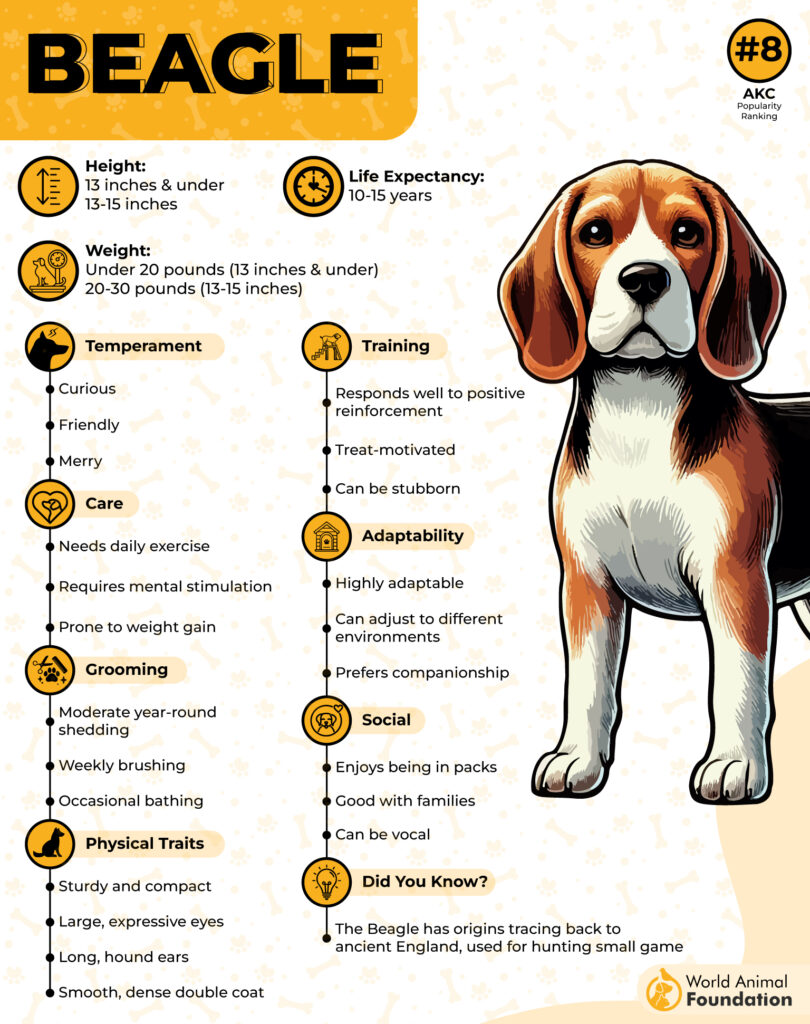
Though not commonly used for waterfowl, Beagles contribute well to upland pursuits and tracking roles. Their vocal nature also helps hunters follow their progress through brush and thicket.
The breed’s friendly personality makes it suitable for families, especially when given structured exercise and clear field expectations.
Fun Fact
The name “Beagle” is believed by some historians to relate to a term meaning “open throat,” a nod to the breed’s distinctive hunting voice.
3. Labrador Retriever

The Labrador Retriever is one of the most versatile sporting dogs, valued for its retrieving drive and steady temperament. Its dense, water-repellent coat and strong tail support excellent swimming ability during waterfowl work.
Labs are known for their eagerness to learn, making them reliable partners for field training, as noted by Hill’s Pet. They adapt well to a wide range of bird-hunting scenarios, from flushing upland birds to retrieving ducks.

Their athletic build and stamina allow them to handle lengthy outings with ease. Many hunters appreciate their consistent performance across varied terrain and weather conditions.
At home, Labs are affectionate companions that thrive when provided with regular physical activity and purposeful tasks. Maintaining their working instincts helps keep them balanced and responsive.
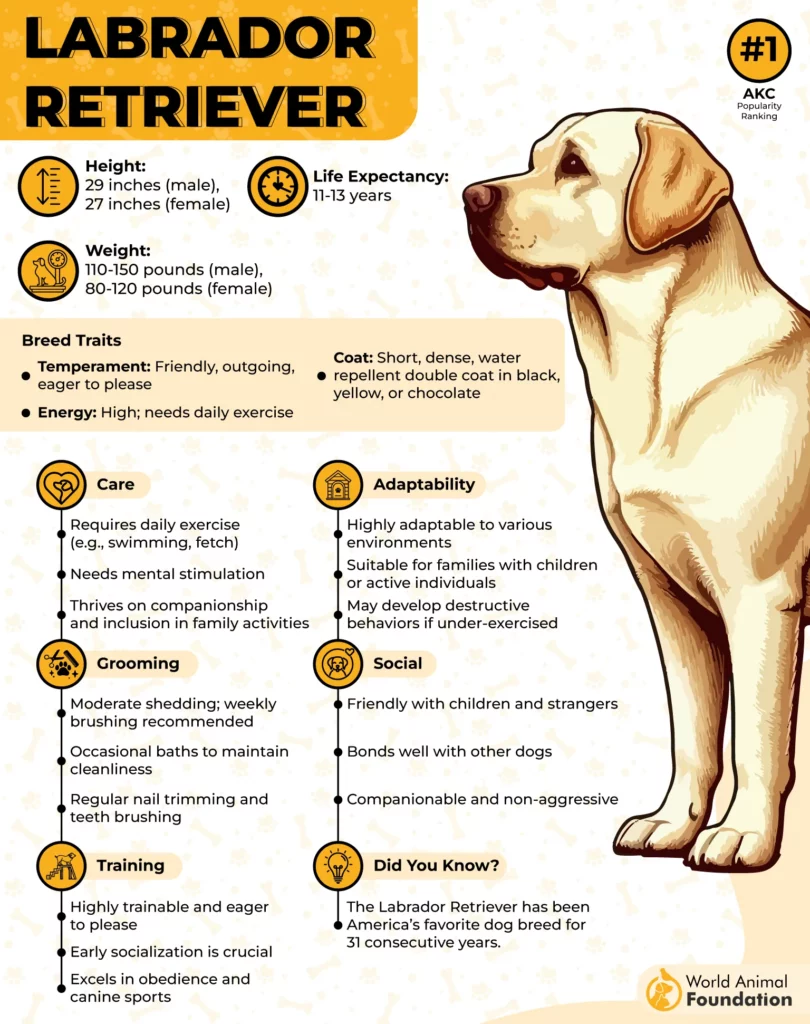
Whether used in water, marshlands, or open fields, the Labrador brings a dependable combination of instinct, intelligence, and enthusiasm to each hunt.
Fun Fact
Despite the name, the Labrador Retriever traces its early origins to Newfoundland, where it was developed for assisting fishermen.
4. Golden Retriever
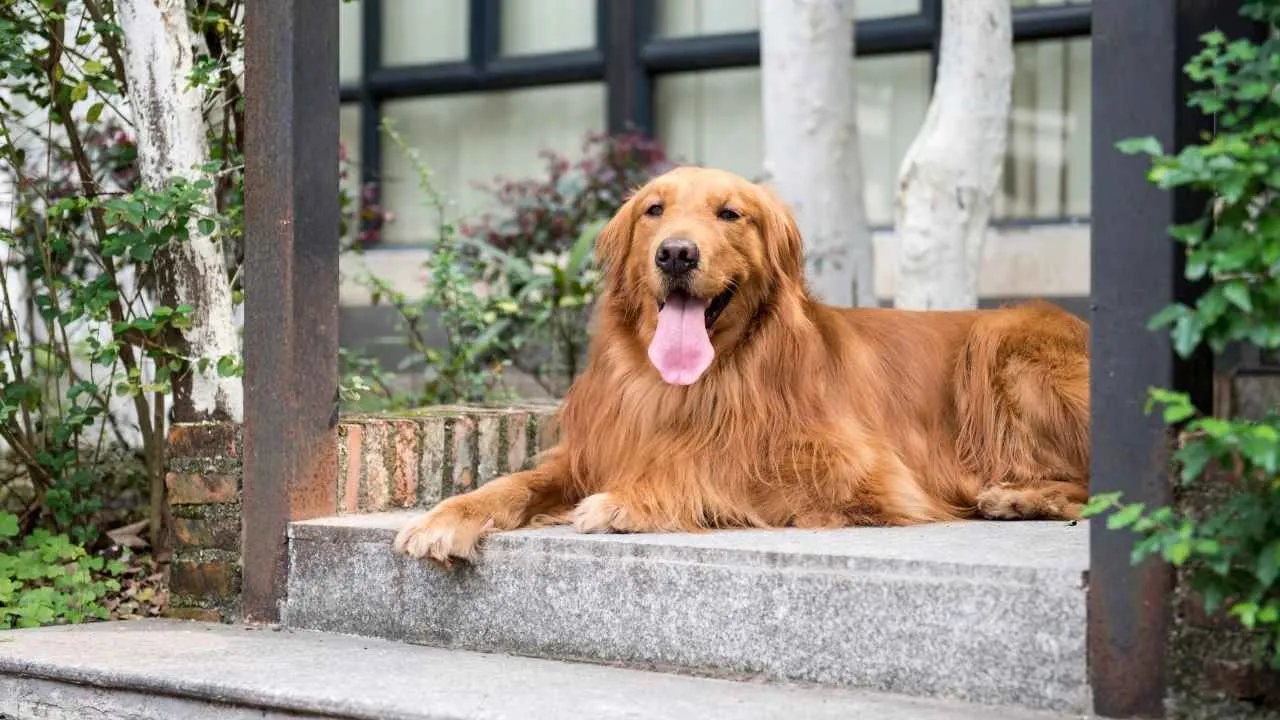
The Golden Retriever has a long history as a capable hunting companion, originally bred in Scotland for retrieving game in rugged environments. It is known for its gentle mouth, helping it return birds undamaged.
This breed excels in both waterfowl and upland hunting thanks to its eagerness to work and natural retrieving instinct. With consistent training, it performs confidently in fields, marshes, and open water.

As per PDSA, Goldens tend to be highly cooperative, making them pleasant for handlers who value teamwork. Their intelligence supports fast learning and adaptability across different hunting styles.
Some Goldens are bred more heavily for show than for field performance, so hunters often seek lines developed specifically for working ability. These field-bred dogs typically display stronger stamina and drive.

The Golden’s warm temperament also makes it a wonderful household companion, provided its energetic nature is matched with exercise and purposeful tasks.
Fun Fact
Golden Retrievers were selectively bred to retrieve birds without crushing them, thanks to their naturally soft carrying grip.
5. English Springer Spaniel

The English Springer Spaniel is a classic upland bird dog known for its lively spirit and sharp flushing ability. Its athletic build and smooth gait help it cover ground quickly while searching for game.
This breed excels at driving birds into the air with enthusiasm and precision. Its natural willingness to work closely with handlers makes communication in the field smooth and effective.

Springers are also known for their endurance, allowing them to maintain steady performance throughout long hunting days. Their soft, feathered coat offers comfort in cooler field conditions.
At home, the breed shows an affectionate and cheerful personality, thriving with families that appreciate its energy. Regular exercise and stimulation help keep it well-balanced and eager to work.
Whether flushing pheasants or retrieving after the shot, the Springer brings agility, attentiveness, and a joyful working style to every outing.
Fun Fact
The name “Springer” comes from the breed’s job of “springing” game into the air, a trait developers intentionally bred for in early hunting lines.
6. German Shorthaired Pointer
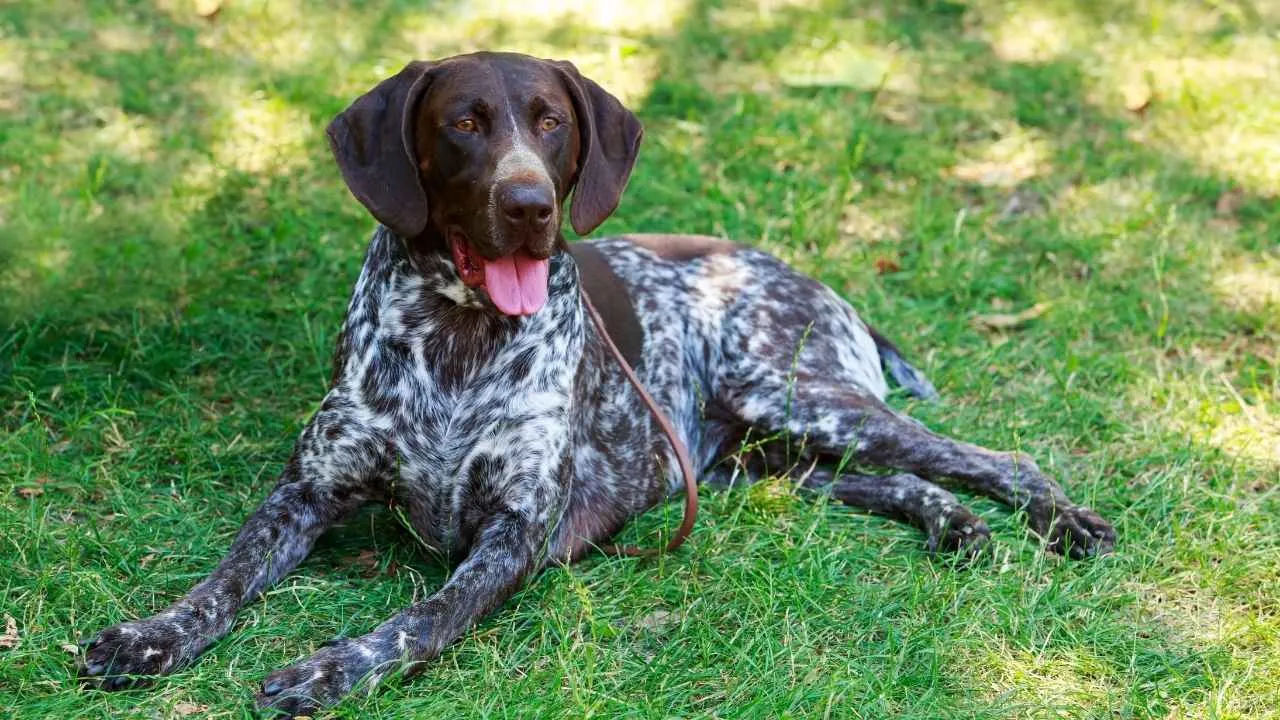
The German Shorthaired Pointer is celebrated for its versatility, excelling in pointing, tracking, and retrieving across water and land. Its sleek, muscular frame supports impressive speed and stamina.
This breed is known for holding solid points, helping hunters locate birds with clarity and control. Its keen nose and sharp instinct make it reliable across a wide variety of game.

German Shorthaired Pointers adapt quickly to changing terrain, whether working marshes, open fields, or dense cover. Their confident nature and focus create effective teamwork in the field.
They also bond closely with active families, enjoying environments where they can burn energy both physically and mentally. Because of their working drive, consistent training helps shape their natural talents.
When used for bird hunting, they deliver a balance of pointing precision, retrieving ability, and athletic performance that appeals to seasoned hunters.
Fun Fact
The breed was designed as an all-purpose hunting companion, able to track, point, and retrieve so one dog could handle nearly every field task.
7. Boykin Spaniel

The Boykin Spaniel is a compact, agile flushing dog developed for hunting wild turkeys and waterfowl in thick Southern swamps. Its medium-length coat and strong legs make it well-suited for wet, brush-filled terrain.
This breed is known for working quietly in boats and dense marsh areas, making it ideal for hunters who need a small but powerful companion. Its intuitive flushing style helps bring hidden birds into the open.
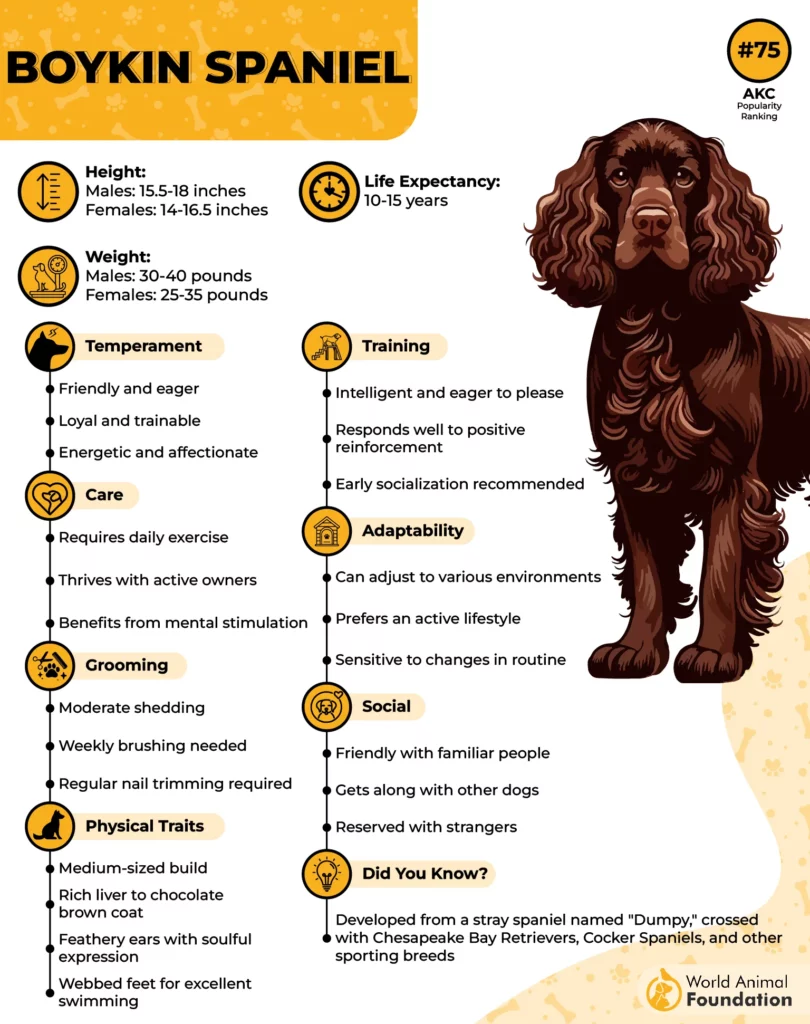
Boykins are fast, responsive learners with a natural retrieving instinct that shines in both water and upland settings. Their steady focus keeps them productive during long sessions outdoors.
They tend to be affectionate and easygoing with families, thriving when given regular activity and training. Because of their moderate size, they adapt well to homes where space may be more limited.
In the field, the Boykin Spaniel offers a strong mix of agility, determination, and cooperative spirit, making it a favorite among waterfowl and upland hunters alike.
Fun Fact
The Boykin Spaniel is the official state dog of South Carolina, where it was originally bred as a compact swamp-hunting specialist.
Conclusion
A great hunting dog brings together instinct, drive, and a keen sense for tracking wild birds across different hunting scenarios. From energetic dogs that flush birds in thick cover to a pointing dog that holds just the right distance on running birds, the best bird dog breeds help hunters recover downed birds, track running birds, and retrieve upland birds with confidence.
Many hunting breeds are also wonderful family companions, offering an affectionate nature that makes them a great family dog as well as a reliable partner on any hunting trip. With proper training, active dogs can adapt to upland bird hunting, waterfowl hunting, hunting pheasants, small game pursuits, or even deer hunting, giving dog owners versatile support in the field.
Other dog breeds, such as the Chesapeake Bay Retriever, German Wirehaired Pointer, Cocker Spaniels, Brittany Spaniel, and several other breeds recognized by the American Kennel Club, are natural hunters and great companions.

